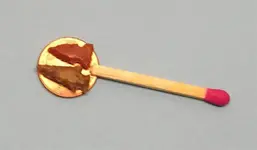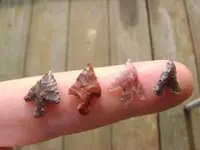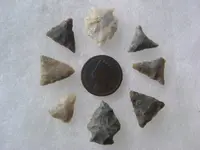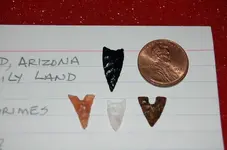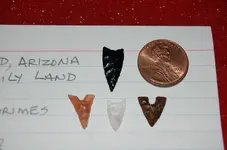MObushwhacker
Full Member
- Joined
- Feb 20, 2010
- Messages
- 102
- Reaction score
- 18
- Golden Thread
- 0
- Location
- Scott County Missouri
- Detector(s) used
- White DFX
While redoing some old frames I came across several miniature bird points. They are beautiful works of art and highly prizes by other collector because of their small size. But because of their small size I question the purpose of these small points, and if they were even made by Native Americans. . I have found hundreds of bird points in my lifetime but I never any this small. A friend of mine says they were used for small game and for drilling small holes. Even that doesn’t make sense. I disagree for the simple reason is that the size of the point is just too small. The shaft of the arrow shaft would have to be the size of a match stick, same situation if use as a drill just too flimsies. It would be like trying to shoot spaghetti in a bow. My question is; have other collectors actually found these very small points and what is the purpose and benefits of them being so small?
Attachments
Upvote
0



